why does my cat suckle
Cats are known to be independent and self-sufficient animals, so it can be a bit strange to see a cat sucking on fabric, pillows, or even their owners. This behavior is called “suckling” and is quite common in cats. It usually occurs when cats are trying to find comfort and reassurance, and it can be a sign of stress, anxiety, or even boredom. Understanding why your cat sucksle can help you provide them with the comfort and reassurance they need.
Is Suckling a Normal Behaviour in Cats?
Suckling is not a normal behavior in cats. It is often seen in kittens that have been separated from their mothers too early or have not received enough milk while nursing. In these cases, cats may suckle on themselves, other cats, or even humans. While this behavior may be cute to some, it can be dangerous as it can lead to an infection, especially if the cat is licking an open wound. It is important to seek professional help if your cat is displaying this behavior, as it could be a sign of underlying health issues.
What Causes a Cat to Suckle?
Suckling, or kneading, is an instinctive behaviour seen in cats. It is usually seen in kittens, but can be seen in adult cats as well. Suckling is a behaviour where a cat kneads with their paws on a surface while making a suckling motion with their mouth. It is thought to be a remnant of nursing behaviour and is often accompanied by purring.
The exact cause of suckling is not known, but it is believed to have a variety of different functions. It is thought to help cats to relax and feel secure, as it is associated with being a contented and happy kitten. It also stimulates the release of endorphins, which can produce a feeling of pleasure and relaxation.
In some cases, suckling can be an indication of anxiety or insecurity. If your cat is displaying excessive suckling behaviour, it may be worth consulting your vet to check for any underlying causes.
Suckling is usually a harmless behaviour, and can even be seen as a sign of affection. However, excessive suckling can sometimes lead to skin irritation, especially if the cat is suckling a particularly rough surface. If this is the case, it is best to discourage the behaviour and provide a softer surface for your cat to knead.
How Can I Discourage My Cat from Suckling?
If your cat is suckling, it is likely a sign of stress. To discourage your cat from suckling, you need to address the underlying issue causing the stress.
1. Make sure your cat is getting enough attention. Cats are social animals, and need companionship and stimulation from their owners. Make sure to spend at least 10 minutes each day playing with your cat and providing mental stimulation.
2. Ensure that your cat has a safe, secure environment. Cats need a place where they feel safe and secure. This can be provided by providing a space away from other pets, children, and noise. Also, make sure that your cat’s litter box is in a quiet, private location.
3. Provide environmental enrichment. Provide areas for your cat to explore, climb, and hide. This can be done by providing scratching posts, cat trees, and interactive toys.
4. Talk to your veterinarian. If none of the above suggestions help, your cat may be suffering from a medical condition. Speak to your veterinarian to rule out any underlying medical issues that may be causing the suckling behavior.
By addressing the underlying issue causing your cat’s stress, you can help discourage the suckling behavior and give your cat the peace and comfort it needs.
What Are the Benefits of Stopping a Cat from Suckling?
Stopping a cat from suckling can provide a number of advantages to both the cat and its owner. Suckling can be a sign of anxiety or a form of comfort for cats and may occur in response to changes in their environment or simply out of habit. By curbing this behavior, owners can provide better physical and mental health to their pet. Here are some of the benefits of stopping a cat from suckling:
1. Reduced Anxiety: Suckling can be a sign of insecurity or stress in cats, which can lead to further behavioral issues. Stopping a cat from suckling can help reduce their anxiety levels and make them feel more secure in their home.
2. Physical Health: Suckling can cause a number of physical issues, such as soreness and irritation of the fur, as well as dental problems from the cat’s teeth coming into contact with the skin. Stopping this behavior can help ensure that the cat’s fur and teeth remain healthy.
3. Improved Hygiene: Suckling can lead to the spread of bacteria and parasites, so it’s important to stop this behavior to avoid the spread of disease.
4. Better Relationship with Owner: By stopping a cat from suckling, owners can create a positive relationship between themselves and their pet. This may help foster better behavior and trust between the two.
Stopping a cat from suckling can provide a variety of benefits for both the cat and its owner. It can help reduce anxiety levels, improve physical health, and create a more positive relationship between the two. Taking measures to stop this behavior can ensure that the cat and its owner both remain healthy and happy.
Conclusion
The conclusion is that cats suckle for comfort, which is likely the same reason why human infants suckle. This behavior likely stems from cats’ instinctual need to nurse during kittenhood, and they seem to continue to do so throughout adulthood as a way to show affection and find comfort. Additionally, a mother cat may also encourage her kittens to suckle on her fur as a way to comfort them.
For many cat owners, the act of cat suckling can come as a surprise. It is an often misunderstood instinctive behavior that cats exhibit from their kittenhood. Cat suckling entails the cat placing its mouth around fabric, fur, or even human skin as if it was nursing from its mother or from another littermate.
Sucking is an instinctive behavior that comes from kittens in the early days of their life. Nursing gives kittens comfort and helps fight feelings of loneliness, which makes suckling a form of self-soothing. When cats suckle, they are associating the object with a feeling of familiarity and safety. This can often be seen in adult cats when they become attached to certain fabrics or clothing.
Another cause of suckling can be related to stress caused by a change in its environment. Moving to a new home or even just rearranging furniture can be stressful for cats. The suckling behavior can be the cat’s attempt to alleviate the stress or to regain control.
In order to encourage cats to stop suckling, it is important to provide them with a safe, comfortable environment. Make sure they have plenty of toys and can explore every corner of their space. Spending part of the day interacting with your cat in a calm environment can also help in refocusing its attention away from suckling.
Overall, suckling is a normal, instinctive behavior that cats learn as kittens. Although it can seem peculiar, providing a safe, secure environment and engaging in interactive play can help reduce the likelihood of the behavior.


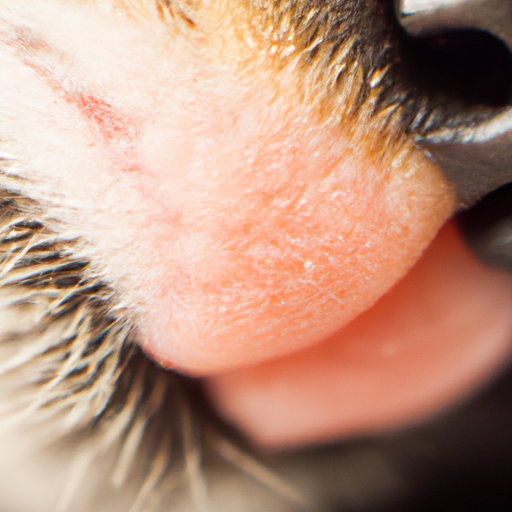
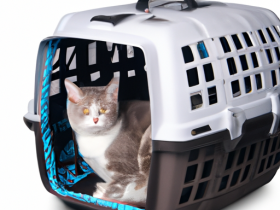
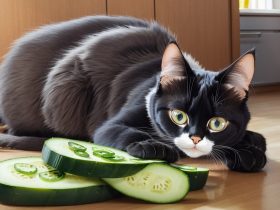
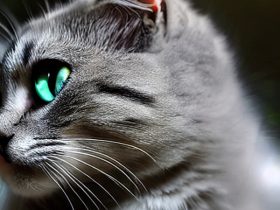
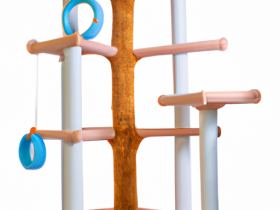
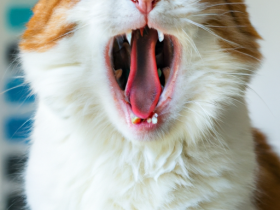
Leave a Reply
View Comments